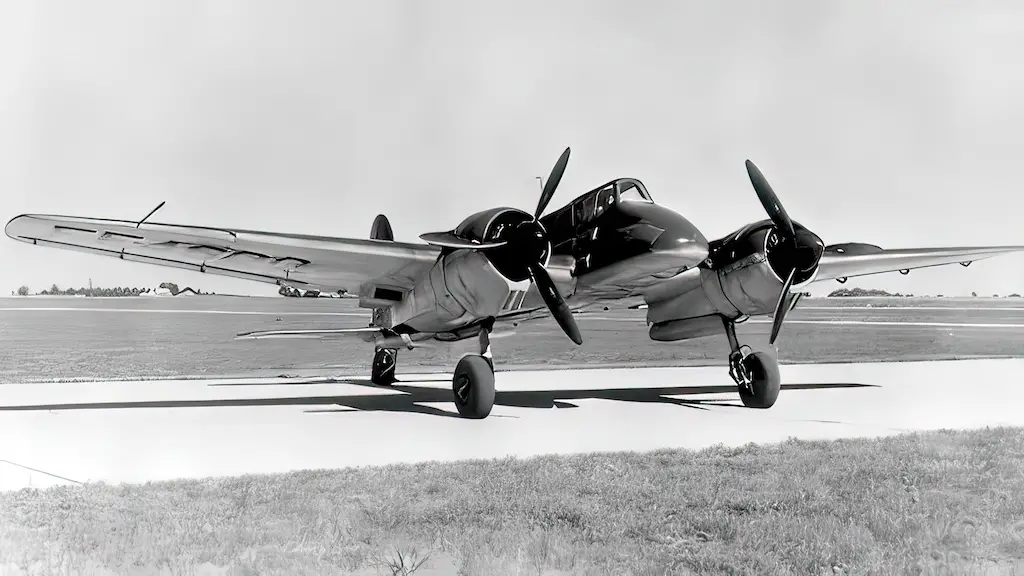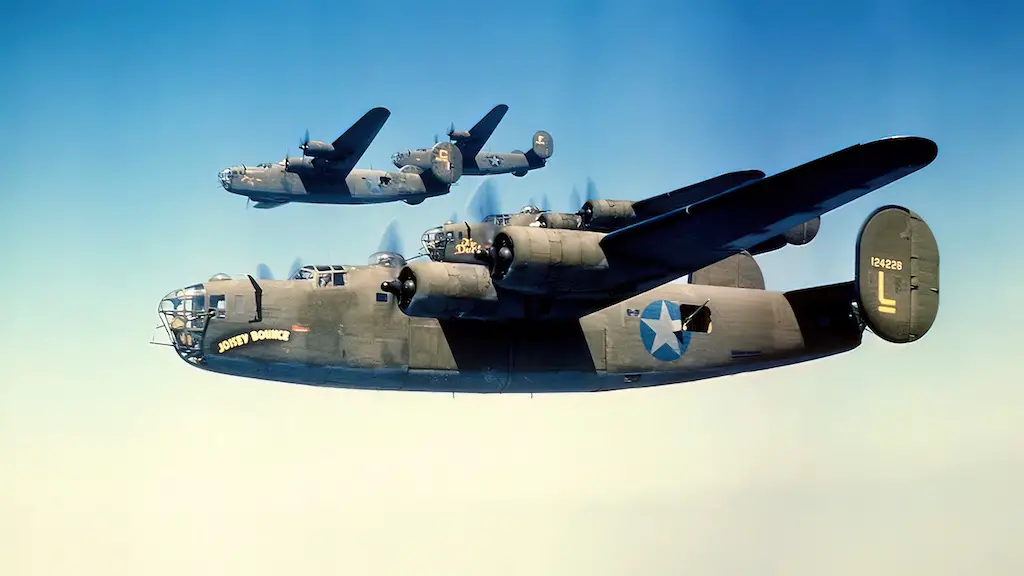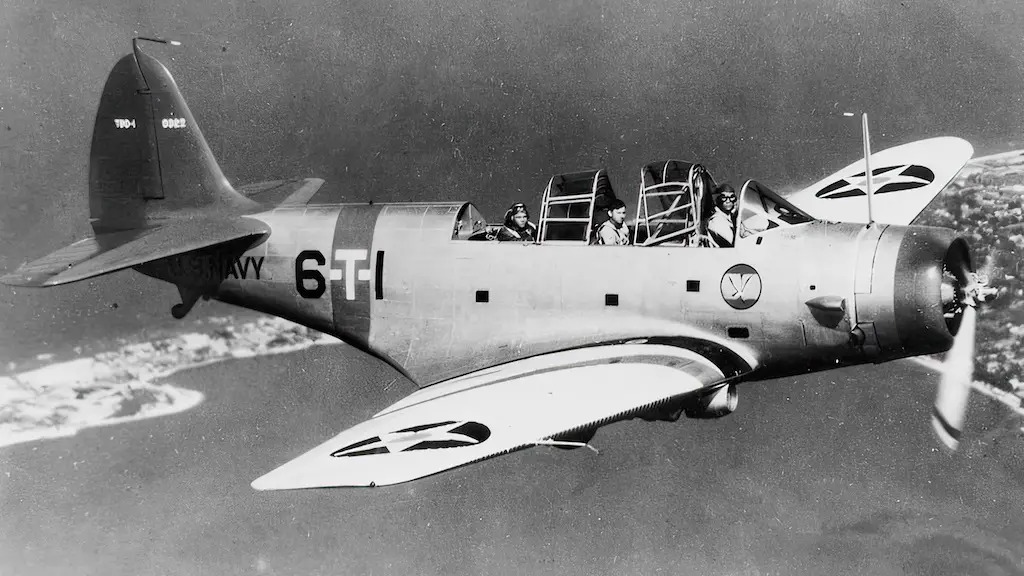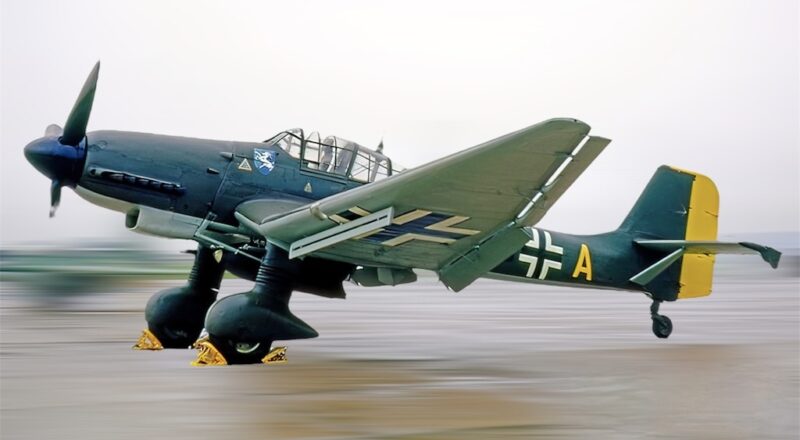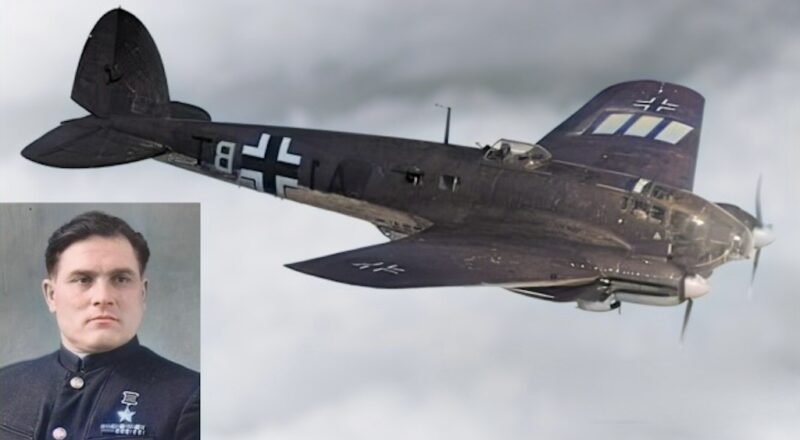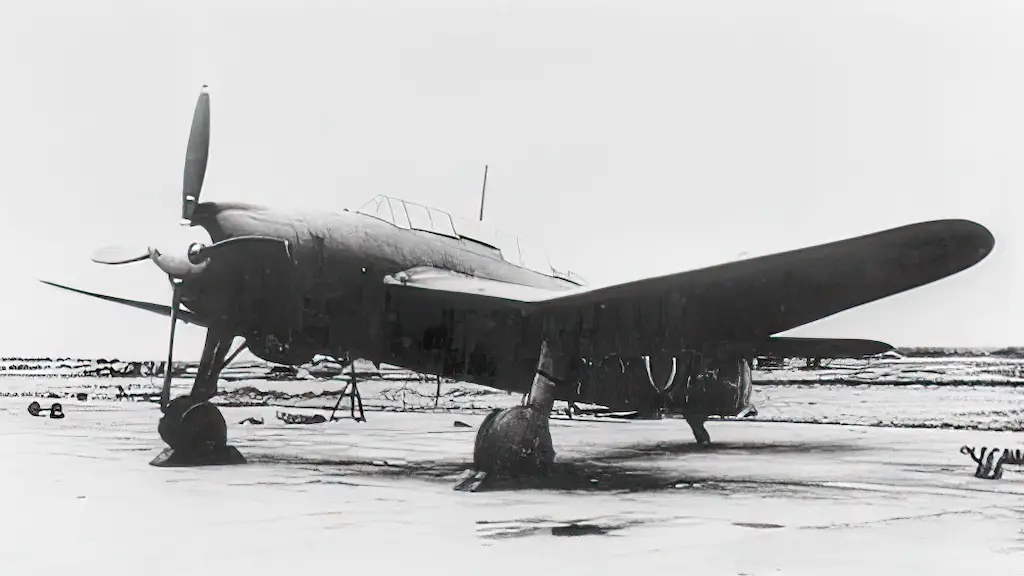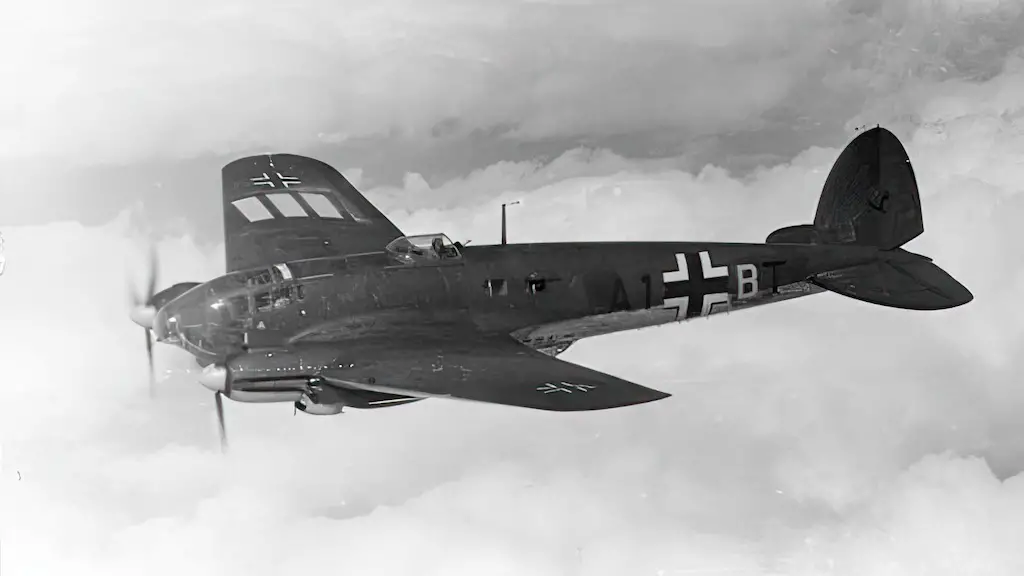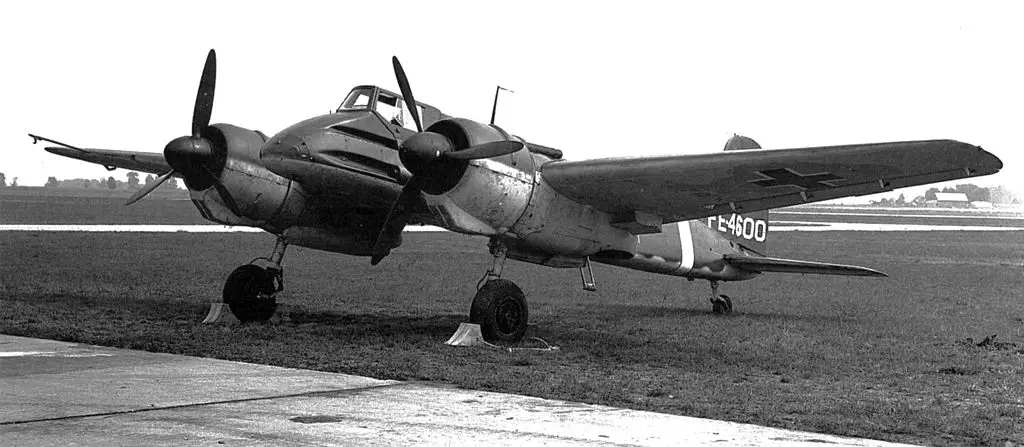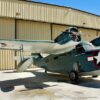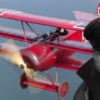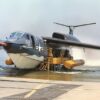Henschel Hs 129 was designed in the late 1930s based on the experience of German Condor Legion fighting in the Spanish Civil War, which showed that dedicated attack aircraft were a real necessity in the modern warfare. The Hs 129’s key task was destroying enemy tanks and other armored vehicles by firing cannons at them from the air. For that purpose, the HS 129 was equipped with weapons comparable with those of a tank and covered with a fairly thick armor, too. Throughout the Second World War, these flying tanks engaged in deadly duels with their Soviet and British ground-faring opponents.
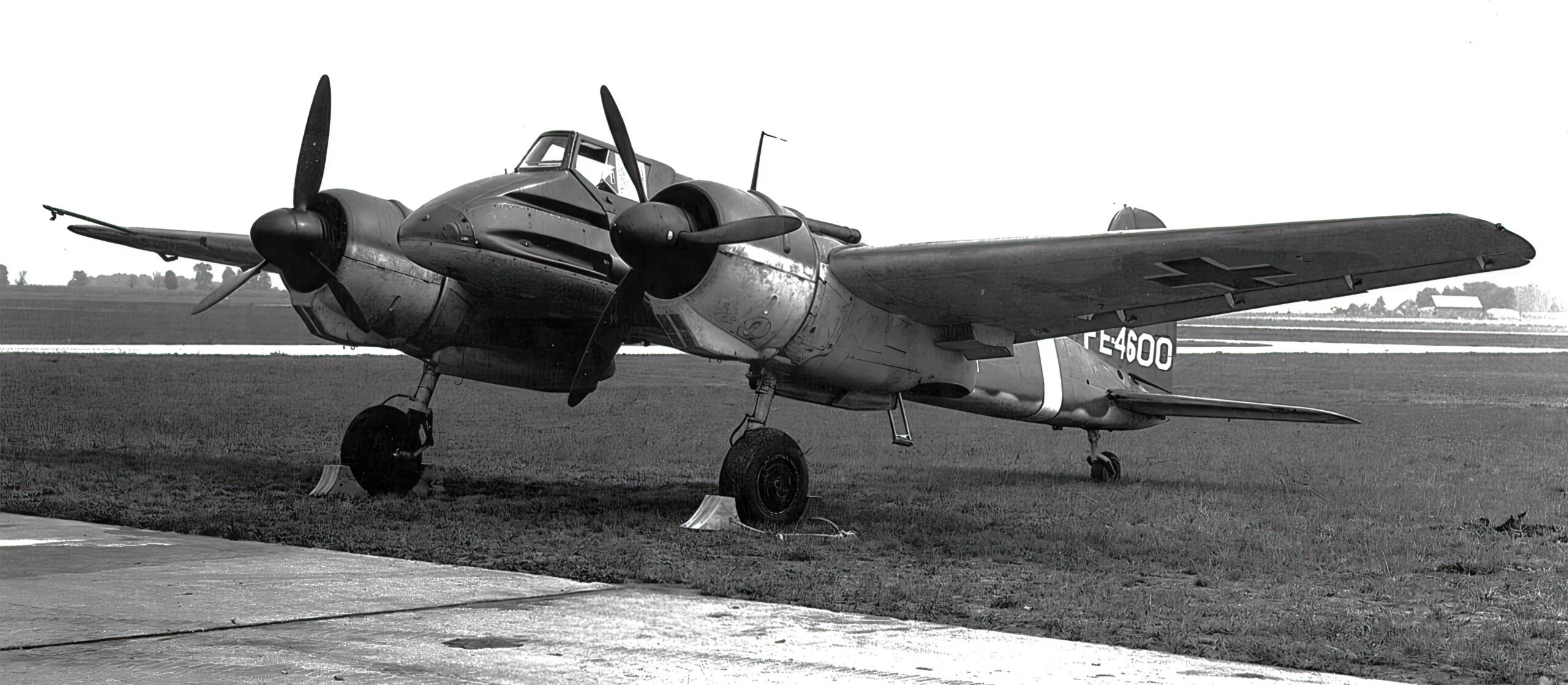
Heavily armored airframe
The Hs 129 was supposed to attack enemy armor in head-on, low altitude attack runs. So, Henschel designers went great lengths to make the aircraft as invulnerable to enemy small arms fire as possible. The nose section made use of armor plating and the windscreen was manufactured from 2.95 in thick armored glass. The main fuel tank, carburetors, oil coolers, engines, and ammo containers also received some armor protection.
Another feature aimed at reducing the Hs 129’s vulnerability to anti-aircraft fire was its slim fuselage with very small triangular cross-section. While that did serve its purpose, it also made Hs 129’s cockpit very narrow and cramped. So much so that not every pilot could even fit into it. Even some of the instruments were removed from the cockpit to the inboard sides of the engine cowlings.
While the prototypes and pre-production airframes were powered by Argus As 410 engines, the production variants were fitted with more powerful Gnome-Rhône 14M engines, which became available to Germany after the defeat of France in 1940. Still, even with these 690-hp motors the heavily armored Hs 129 with an empty weight of almost 9,000 lb, remained underpowered.
Tank destroyer’s arsenal
The Hs 129 was used in several armament configurations. Its most formidable weapon to be used against enemy tanks was the 30-mm (1.181 in) MK 101 (or a similar MK 103) cannon mounted in a ventral gun pod. The plane also had a pair of 20 mm (0.79 in) MG 151 cannons located in the fuselage and a pair of 7.9 mm (0.323 in) MG 17 machine guns installed in the wing roots. Some variants lacked the 30 mm cannon, some had extra machine guns to focus on the personnel targets. Some were armed with an even larger 37 mm cannon instead of a 30 mm one at the expense of two machine guns. The aircraft also could carry four 110-lb bombs or one 550-lb bomb under the fuselage.
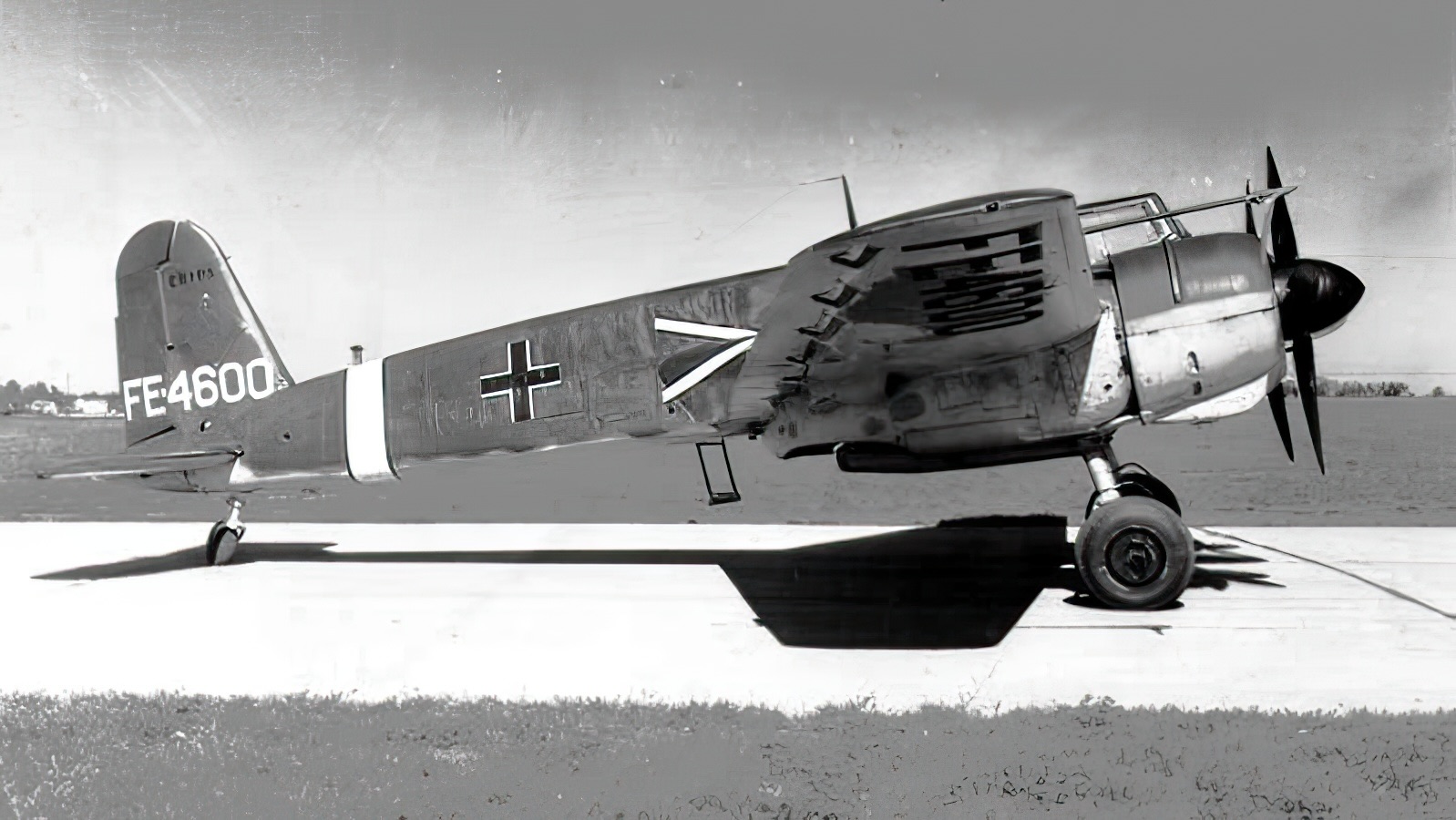
Hs 129 in combat
The Hs 129 first flew in May 1939, but due to the protracted development did not see action until 1942. The aircraft arrived in North Africa at the end of 1942, but its engines suffered badly from sand ingestion. After Henschel prepared a tropicalized variant fitted with air filters, things changed for the better. The aircraft also saw use in Italy and France following the D-Day landings.
However, the Hs 129 saw the most intensive use on the Eastern Front, where it first made appearance in April 1942. It proved its value in a variety of locations on that theater, including in the operation Citadel in 1943, when German and Soviet troops fought at the Kursk salient. The Hs 129 generally proved to be an effective aircraft in its role, destroying lots of tanks, although persistent engine problems often kept planes on the ground. The type’s another problem was that with a top speed of just 253 mph and no defensive weapons, it increasingly relied on fighter escorts, which were not always available.
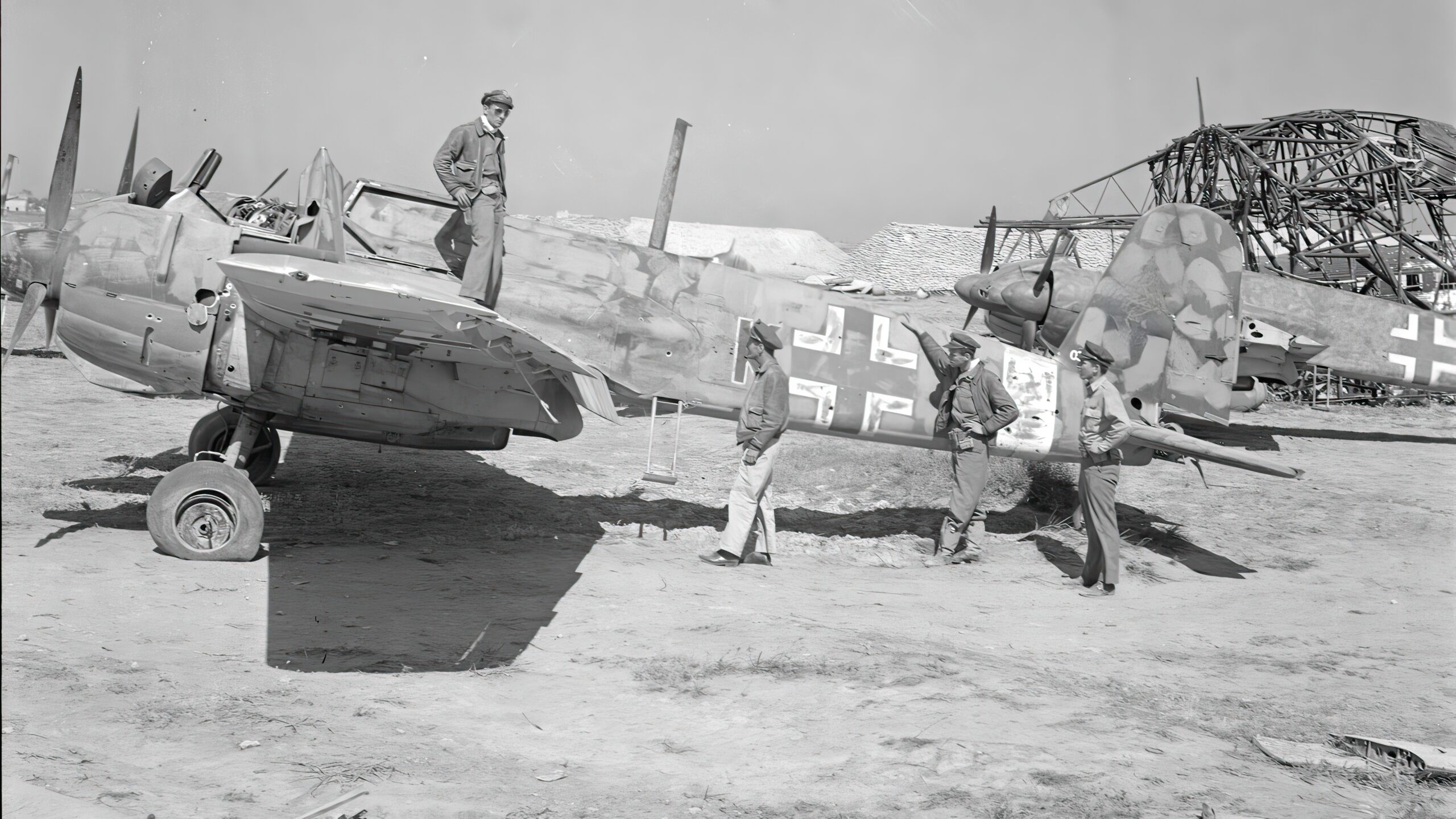
Going real heavy
As Soviet tanks were manufactured with ever thicker armor, even a 37 mm gun would at times prove insufficient to knock them down. So, Henschel developed yet another variant of the aircraft featuring a 75 mm (2.95in) PaK automatic cannon with a 12-round magazine mounted in an under fuselage pod. It was the heaviest and most powerful forward-firing weapon carried by a WWII-era warplane.
Later a variant of Hs 129 wielding even greater firepower went into testing. This aircraft featured a whole battery of six 75mm smooth-bore tubes mounted in the fuselage at an angle slightly beyond the vertical for firing armor piercing shells downwards and rearwards. These were supposed to be triggered automatically by a magnetic-field-sensitive device, when the aircraft flew over a tank at low altitude. This variant never went beyond the prototype phase.
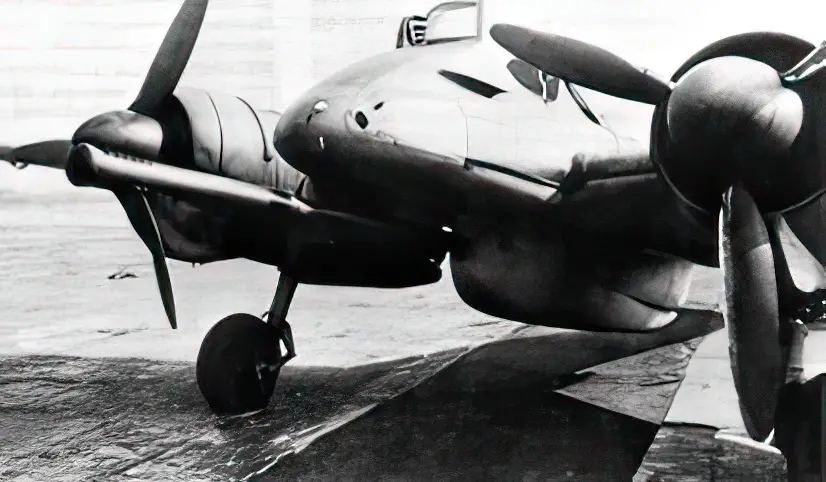
In September of 1944, the production of Hs 129 ended completely after the production facilities in France were lost to the Allies. By then, a total of 871 aircraft of the type had been built, including just 25 of the Hs 129B-3 variant armed with the 75mm cannon. Only a handful of those reached the frontline with no effect on the general situation. And by the spring of 1945 most of Hs 129s were out of active service due to shortages of spares and fuel.

